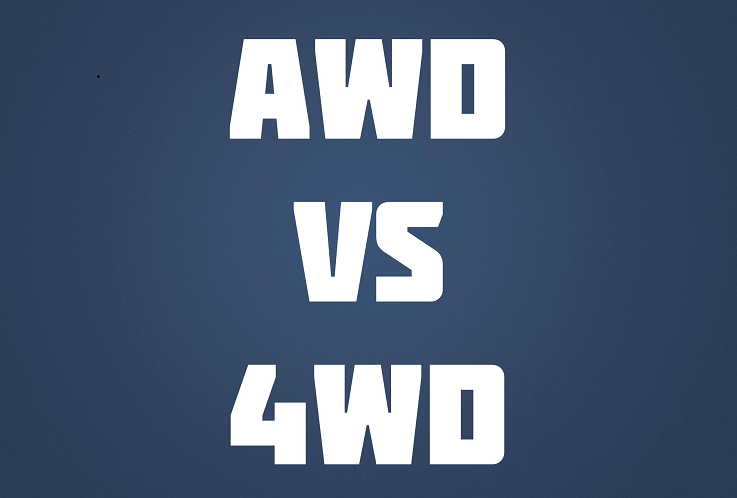Tech Review: Ford 911 Assist

Let me guess: you’re looking for a vehicle with some rugged versatility, something to get you through poor road conditions, to protect you against snow or ice or rocky terrain.
You’ve looked at a number of SUVs online, and have seen AWD and 4WD thrown around with wild abandon. It seems like they mean the same thing, but something tells you there’s a difference. And there is. An important difference. Where you stand on this difference should determine the vehicle you’re going to buy.
Don’t worry, though. With this post, we’ll arm you with all the information you need to make a decision between buying AWD or 4WD. We’ll tell you the differences between AWD and 4WD, list the pros and cons of each, and tell you what kind of vehicle you should be driving.
What’s the Difference Between AWD and 4WD?
It’s easy to see why people get confused when looking at All-Wheel Drive and Four-Wheel Drive vehicles. Both increase traction during difficult driving situations. A lot of the time the terms are used interchangeably in sales brochures or automotive websites. And most obviously, the four wheels on a vehicle are all the wheels on a vehicle.
But the two actually are different.
All-Wheel Drive vehicles deliver power to all four tires (as opposed to just two, as with Two-Wheel Drive vehicles). This allows for better traction and control during slippery conditions, like snow, rain, and ice. They also provide the best possible traction for acceleration. It’s a great option for moderate off-road terrain.
Four-Wheel Drive vehicles also deliver power to all four tires, for better traction and control. Where the difference comes in is 4WD is specifically designed for extreme off-road conditions, like mud, or water, or slippery hills, or big ass rocks. 4WD is manually activated by the driver, because they typically know exactly when they’re going into difficult terrain. AWD, on the other hand, kicks in automatically whenever it’s needed, in a fraction of a second.
AWD is designed for drivers in rapidly changing road conditions. 4WD is designed for drivers who plan for extreme road conditions.
AWD vs 4WD: Pros and Cons
4WD Pros:
- Best traction in off-road conditions
- Can be turned off to improve fuel economy
- Proven, rugged technology
AWD Pros:
- Provides increased grip and control under all road conditions
- Gives sportier handling and traction
- Works all the time
4WD Cons:
- Adds weight and complexity to cars
- Can’t be used in all conditions
- More expensive than two wheel drive models
AWD Cons:
- Reduces fuel economy
- Increases the weight and complexity of vehicles
- Not as good in extreme off-road conditions
AWD or 4WD: Which is Right For You?
Ultimately, deciding on AWD or 4WD comes down to three questions:
- Do I often drive in poor road conditions?
- Are these road conditions planned in advance? (like extreme off-roading)
- Can these road conditions be thrust upon me at any moment? (like sudden snowstorms)
If you said yes to #2, then you should be driving a 4WD.
If you said yes to #3, then you should be driving an AWD.
Four-Wheel Drive ultimately delivers more traction than an All-Wheel Drive, which is why it’s better in extreme conditions. But they’re manually activated, which can be extremely annoying (not to mention dangerous) during sudden changes in weather. They’re also a little worse on gas.
If you’re more of a city driver in a climate that can, at times, be unforgiving (*cough*Canada*cough*), go with All-Wheel Drive.
